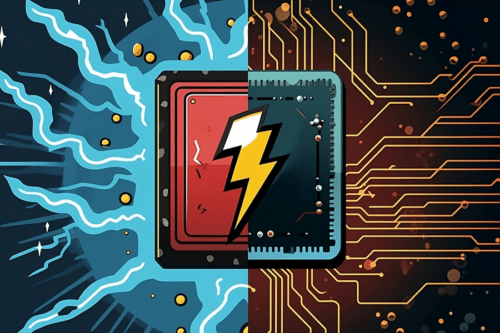The “Lightning” system utilizes abstraction to link photons with the computer’s electronic components, establishing the inaugural photonic computing prototype capable of handling real-time machine-learning inference demands.

The computing sector is at a critical juncture, with the pace of advancements as predicted by Moore’s Law diminishing, mainly due to physical and economic limitations of incorporating more transistors on affordable microchips. As the growth in computing power slows and the need for high-performance computers to support complex artificial intelligence models rises, engineers seek new avenues to boost computational capabilities. However, a straightforward solution still needs to be discovered. Photonic computing, utilizing photons generated by lasers to conduct computations in the analogue domain, emerges as a promising alternative.
MIT researchers have tapped into the potential of photonics to boost current computing speeds, showcasing its effectiveness in machine learning. Their innovation, named “Lightning”, utilizes a reconfigurable photonic-electronic SmartNIC to aid deep neural networks, akin to machine-learning models that simulate the human brain’s data processing method, in executing inference tasks such as image recognition and generating responses in chatbots like ChatGPT. This prototype’s innovative design delivers remarkable speeds, marking the advent of the first photonic computing system ready to handle real-time machine-learning inference requests.
The team’s hybrid system employs a reconfigurable count-action abstraction that integrates photonics with a computer’s electronic components, serving as a unified language that controls dataflows. This method translates information electrons carry into light-speed photons to assist with inference tasks before converting them back to electrons to communicate with the computer. This novel abstraction has enabled Lightning’s fast real-time computing capabilities, avoiding previous attempts’ slow, stop-and-go approach.
An environmentally-friendly solution
The “Lightning” technology leverages photons, which traverse faster than electrons in wires and produce less heat, facilitating higher-speed computation with greater energy efficiency. The efficiency of this approach was substantiated by the team who, upon synthesizing a Lightning chip and comparing it against conventional graphics processing units, data processing units, SmartNICs, and other accelerators, found that Lightning showcased superior energy efficiency in handling inference requests.






